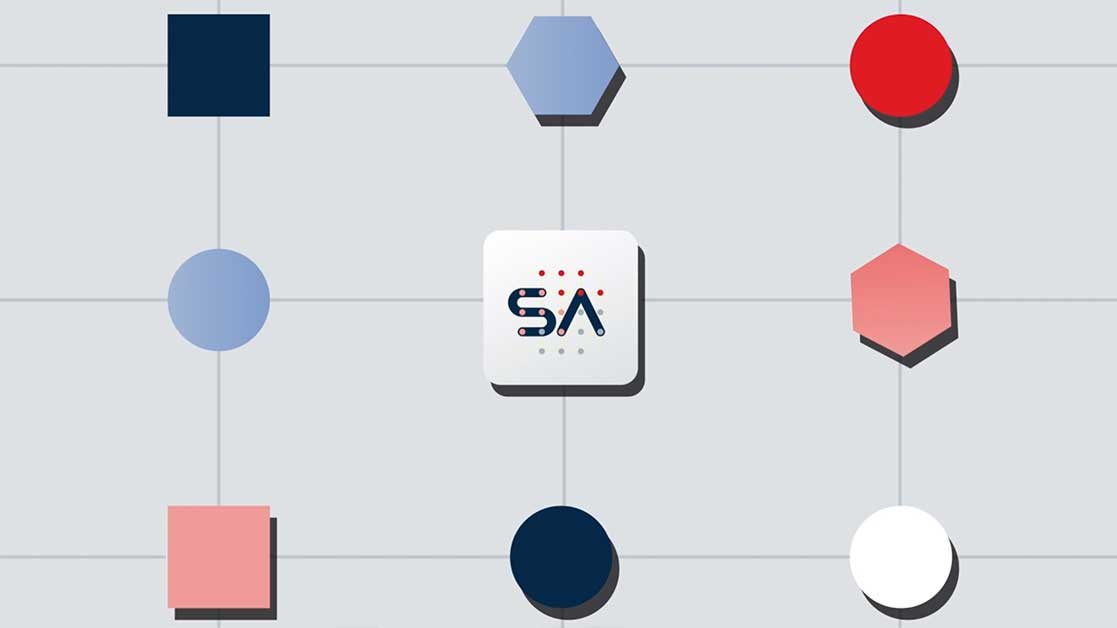AUTHORS

Stefano Bighini
Robotic Process
Automation Chapter
Leader @Bip xTech

Andrea Lui
Data Science Team
Leader @Bip xTech
Based on a real use-case
In the recent past, automation of company processes through the adoption of Robotic Process Automation helped customers to obtain significant improvement, mainly in backoffice tasks and in very repetitive processes, such as cost accounting or administrative document reconciliation with data scattered among different information systems.
However, the pool of process we can and must improve through automation is further increased with the application of “Hyperautomation” (a neologism now commonly used). The adjective “hyper” stands for the fact that the merge of different technologies leads to exponential benefits.
Technologies founding Hyperautomation are Robotic Process Automation, for obvious reasons, but also Process Mining, Artificial Intelligence methods applied to data treatment, Cognitive Computing algorithms that allow the understanding of non structured data (such as text and voice), and Business Process Management to redesign processes to become more efficient and effective by engaging employees in the right moment.

Hyperautomation represents an evolutive approach to enhance company processes: it leads to different benefits other than the simple reduction of costs and execution time: for most human operators having the correct information at the right time and being engaged only when needed brings to better working condition and, thus, more efficiency and the feeling to provide quality executing their jobs.
The innovation of Hyperautomation is the simultaneous use of the founding technologies to address the entire process altogether: the effect of the single founding technologies used separately is otherwise limited. For example, we have developed different ticket routing processes based on Cognitive Computing, obtaining outstanding results in terms of client’s understanding of the content and classification, but if we merge this capability with the possibility to detect and re-draw (using Process Mining) the processes executed for each type of ticket we can see inefficiency points or steps we can automatize using RPA. This is a practical usage of Hyperautomation to multiply the improvement points, increasing overall potential benefits.
The following is an example of how, thanks to applying some of the principles of Hyperautomation, an entire process (the “management of requests for ancillary services” for an insurance player) has been automated end-to-end. Furthermore, the fusion of several founding technologies has allowed not only to automate the process but also to review the points of human/machine interaction, optimizing the human contribution by concentrating it only on the decisive points where the machine could not be effective: man and machine collaborate in an optimized way by enhancing the strengths of each other and harmonizing the moments of exchange.
The project was born at the end of a process analysis performed through a Process Mining tool, thanks to which, in addition to objectively detecting the entire operational process, we identified the points of possible intervention. This analysis, conducted using only the logs of all the systems involved (minimum IT impact), was also accompanied by qualitative checks that made it possible to highlight the repercussions in terms of satisfaction and quality of the service provided to the end customer.
The analysis made it possible to identify the three main points of intervention, aimed at solving three main business problems of the process:
- Classification of the type of request received, with the identification of requests processable independently by a bot, to eliminate the manual activities of reading and sorting incoming e-mails
- Reading and interpretation of the content of the requests, present in the body of the e-mail and any attachments, to eliminate the manual analysis activities aimed at recovering the fundamental data to check for ownership of the requested service, the class of service, the place of issue of the service and the duration
- Execution of the service’s booking operation to avoid the need for manual re-entry into the of the data collected into the “legacy” booking system.
The sequence of operations executed for this process proved to be ideal for automation using Robotic Process Automation. It was scattered across multiple systems, some of which not directly owned by the company, and characterized by the insertion of a lot of information several times during the processing of the item.
However, without the Cognitive Computing insert, a simple basic RPA would not have been able to bring automation home and justify the investment.
In agreement with the client, based on a history of more than 12,000 documents, a textual classification algorithm was prepared which, using a combination of Natural Language Processing and Artificial Intelligence techniques, can classify requests “learning” from the past categorization performed by human operators in the past. In detail, various supervised classification models were evaluated (XGBoost, CatBoost, LightGBM and Neural Network) in terms of classification performance and speed of execution. Furthermore, the further application of specific deterministic classification criteria (based on keywords, predetermined patterns and specific e-mail addresses) made it possible to obtain a percentage of correct classification higher than 99%.
Once the type of request has been defined, a mix of Cognitive OCR and Named Entity Recognition allows to extract the information necessary for processing the file in 95% of cases. These data are detected by “searching” within the email thread and/or in the additional attachments. The presence of scanned and probably handwritten documentation requires the use of OCR solutions for text recognition. The applied tools simulate the functioning of the human eye when searching for information, not limited to simple text but seeking its visual representation on the screen.
As mentioned, the in-depth analysis of the process, performed using a Process Mining tool, has also highlighted in several cases the need to integrate the information provided by the user during the request phase with other more precise information known only by the end recipient. This point was indicated as a “bottleneck” to be solved to streamline the process further.
To solve this problem, which impact had not been initially perceived by the company, we created an information request system via a mobile site that immediately gave considerable benefits in terms of information reliability and speed of response from end customers. This new feature is engaged autonomously by the RPA tool in case of missing information by sending a personalized dedicated link via SMS to the end customer.
Through a new Monitoring Dashboard created during this project, a few company operators can monitor situations where the customer is late in entering the missing information or the data entered is not consistent with the identified request, and manually “fix” these “discarded items” through a manual data entry form. Also in this case, the process execution is smoother than in the past, because the operator can benefit from the information partially recognized by the “cognitive algorithm” and the Robotic Process Automation solution can however take the request in charge once all the information has been manually fixed.
Finally, a set of monitoring KPIs was defined, in addition to the recording of all actions, exceptions and types of intervention. These KPIs and Data were reflected in an analytical dashboard allows measuring both the effectiveness of the information recognition algorithms and the performance of the RPA bot that carries out the operations — allowing process improvement monitoring over time.
The benefits obtained with this project are:
- Economical: the cost of maintenance and licensing of the system is far lower than the labor cost of the previous manual management
- Concentrate people value: assist the users of the operations center, who therefore have the opportunity to devote their time on the most challenging cases only
- Increase satisfaction of the end customer, who perceives an operational speed and a better response time even in peak / non-working hours, even in cases where the operator intervenes
- Problem-free management of work peaks, thanks to the dynamic assignment of activities to multiple BOTs (process scalability).
- Objective measurement of performance throughout the process, both in the human and in the robotic/cognitive component.
Below a summary of the effectiveness performance of the individual operating components:

In conclusion, we can say that Hyperautomation brings much more tangible benefits than RPA alone since it allows to address more articulated and complex processes. It faces all aspects of automation, not just the emulation of the “arm “Human (RPA), but also the emulation of the human eye/brain combination (cognitive), the interaction between humans (dedicated mobile sites for rapid interaction), the process control before and after automation (process mining).
This combination allows, and we highlight it as a real turning point, to radically change the perspective of the use of automation tools. Companies no longer put “patches” on parts of the process with a single technology: an overall reengineering is carried out of the entire process, reviewing the moments of man-man and man-machine interaction.
Hyperautomation is certainly feasible in every company. However, professionals who carry out projects of this type must have very high-level skills in all the areas described above and must have developed the correct mentality on how to use them altogether in a coordinated way.
The customer benefits are substantial and have an exponentially higher operational spectrum than any other automation process.
In Bip xTech we have all the skills described above in a single unit: RPA, AI and Cognitive, Process Mining, Process Automation, development of information retrieval tools through Smart Coding.
We are the largest AI competence center in Italy and one of the largest in Europe (source: LinkedIn Talent Insight, 2021), and we work with all the leading technologies/software in the RPA, AI, Process Mining fields.
If you are interested in learning more about our offer or would like to have a conversation with one of our experts, please send an email to [email protected] with “Hyperautomation” as subject, and you will be contacted promptly.
















































